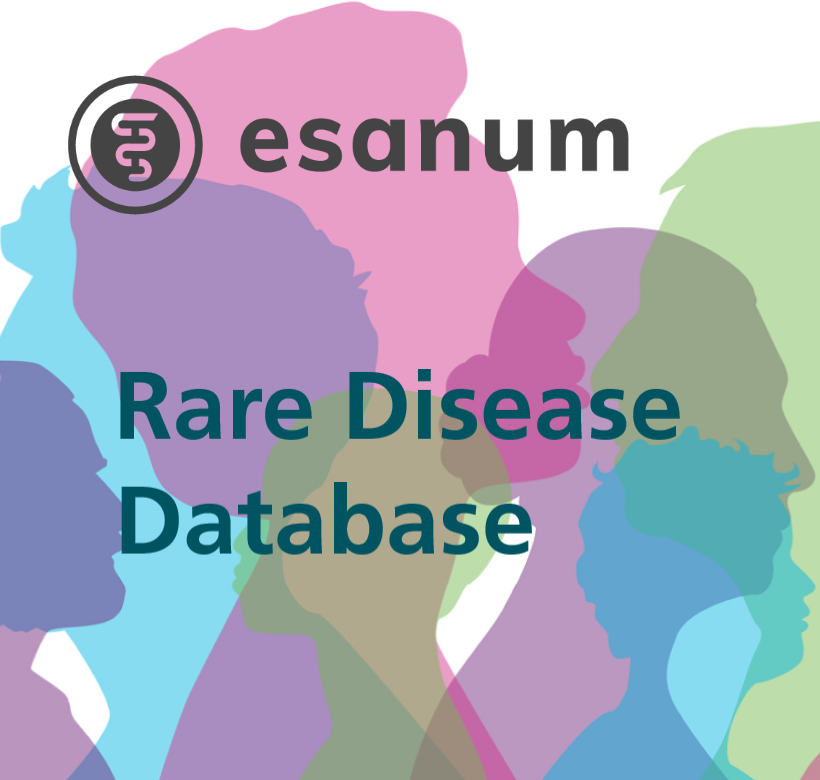- https://ncats.nih.gov/trnd/projects/gene-therapy
- https://rarediseases.org/gene-therapy/
- In German only: https://www.muko.info/informieren/ueber-die-erkrankung/therapien-in-der-entwicklung/gentherapie
- In German only: https://www.muko.info/einzelansicht/ecfc-2022-gentherapie-bei-mukoviszidose
- In German only: https://www.pei.de/DE/newsroom/hp-meldungen/2022/220624-gentherapeutikum-haemophilie-a-roctavian-zulassungsempfehlung.html
- https://www.ema.europa.eu/en/documents/product-information/libmeldy-epar-product-information_de.pdf
- https://www.ema.europa.eu/en/medicines/human/EPAR/luxturna
- https://www.ema.europa.eu/en/medicines/human/EPAR/zolgensma
Gene therapy for rare diseases: Where are we now?
Currently, only a few hundred of the approximately 7,000 rare diseases have an approved treatment option. Gene therapies play a special role, but how far has research progressed?
What are gene therapies?
Gene therapy is a medical treatment method in which the genetic material of the affected person is modified. Gene therapies offer the chance of a long-term improvement in the way the body functions and thus also a better quality of life. Some gene therapies have already been approved for the treatment of rare diseases. Others are still being tested in clinical trials for efficacy and safety. In the case of a successful gene therapy, just one dose would be enough to bring about a lifelong improvement. In any case, this is the desired premise of gene therapy.1,2
The technologies currently under development are based on the following mechanisms:
- Compendium of standard analytical and bioanalytical methods.
- Cell suspension technology.
- Devices for the delivery of therapeutic vectors to the CNS (central nervous system).
- Cell potentiation technology.
- Plug-and-play manufacturing process for AAV (adeno-associated virus) serotypes.
- Platform vectors for the delivery of transgene groups to target tissues1.
For which rare diseases do gene therapies already exist?
Gene therapies have already been successfully developed and used for some rare diseases. These include haemophilia, metachromatic leukodystrophy, a certain form of spinal muscular atrophy, and retinitis pigmentosa.
Development of gene therapy for cystic fibrosis at the DNA level
In cystic fibrosis, "gene therapy has not yet succeeded". However, research is already taking place on modulating the CFTR channel and also on repairing the CFTR gene. Various other methods are already in the pipeline. These include:
- Krystal Bio: Phase 1 clinical trial with KB407 (the CFTR gene was packaged into the herpes simplex virus).
- 4DMT: This is an inhaled gene therapy with 4D-710 (the CFTR gene was packaged into adenovirus). Recruitment for the clinical trial is already underway. The end is planned for 2025.
- Boehringer Ingelheim: BI 3720931 (the CFTR gene has been packaged into lenti-virus) is also in preclinical development.
- Spirovant: This inhaled gene therapy uses SPIRO-2101 (the CFTR gene has been packaged in adenovirus). This research approach is already in the late preclinical development phase.3,4
Development of gene therapy for cystic fibrosis at the RNA level
- Vertex/Moderna: This mRNA therapy is still in the early preclinical phase.
- Arcturus Therapeutics: This inhaled mRNA therapy is already in the late preclinical development phase.
- Translate Bio (MRT5005): This treatment option is already being tested in a phase 1 trial.
- ReCode Therapeutics: This inhaled mRNA therapy is already in late preclinical development.
- Eloxx Pharmaceuticals: ELX-002 is designed to target defective nonsense mutations on the gene copy. This allows the CFTR protein to be produced even if there are errors in the genome. In this case, the RNA is read over.
- SpliSense: The use of antisense oligonucleotides is intended to stop nonsense and splice site mutations. The advantage of this method is that no vectors are needed. Clinical trials with SPL84 and SPL23 are already being planned. The goal would be a 14-day inhalation therapy for the treatment of cystic fibrosis.3,4
The view from Germany: Which gene therapies have already been approved?
Gene therapy treatments are approved by the Paul Ehrlich Institute (PEI) in Germany and the European Medicines Agency (EMA) in the European Union. So far, the following gene therapy treatments have been approved in the country:
Roctavian (Valoctocogene Roxaparvovec)
On 17. June 2022, the first gene therapy drug for haemophilia A was approved. It received conditional approval for the treatment of adults with severe haemophilia A.5
Libmeldy
Libmeldy has been approved for the treatment of children with metachromatic leukodystrophy (MLD). The prerequisite is that there is no clinical manifestation of the disease in the children, and a reduction in the enzymatic activity of arylsulphatase A (ARSA) has occurred in late infancy or early childhood. Another requirement is a mutation in both alleles of the gene for ARSA.6
Luxturna (Voretigen Neparvovec)
Luxturna has been approved for children and adults with retinitis pigmentosa. Luxturna can only be used if patients still have enough functioning cells in the retina. Another requirement is that the disease is caused by mutations in the gene RPE65.7
Zolgensma (Onasemnogene abeparvovec)
Zolgensma is a gene therapy for the treatment of spinal muscular atrophy. This is a severe nerve disease that leads to muscle dystrophy and weakness. The therapy is approved for those patients who have a known inherited mutation in the SMN1 or SMN2 genes: SMA type 1 (the most severe form) or presence of up to three copies of the SMN2 gene.8
References:
Rare Disease Day
